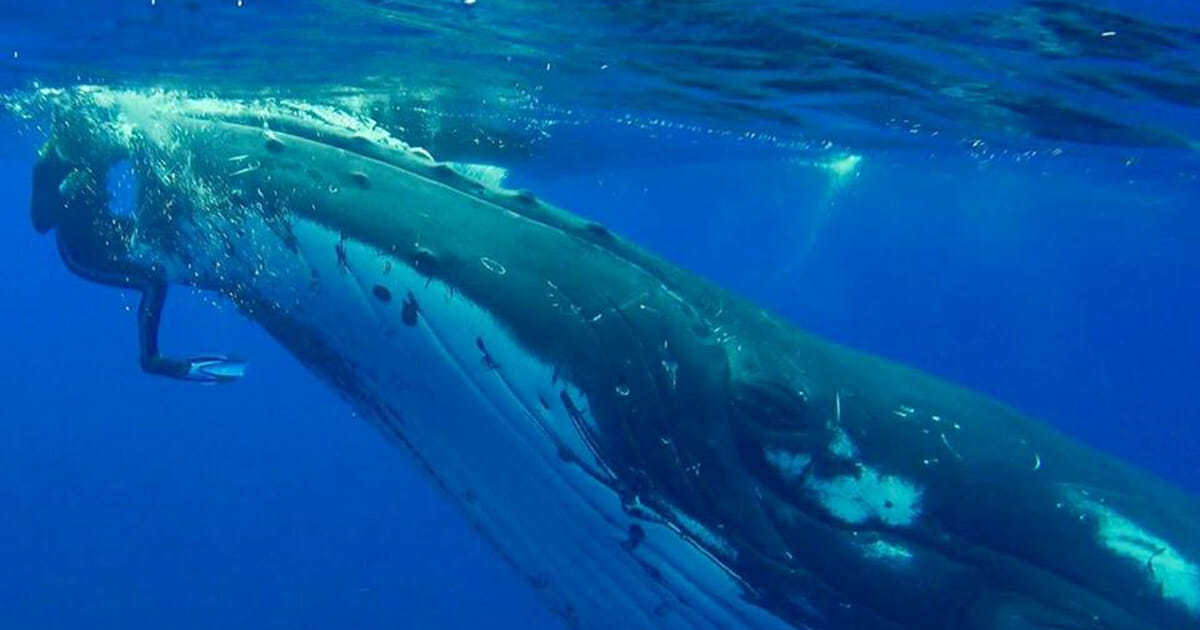A Prehistoric shark weighing 15 tonnes was captured near shores of Pakistan
|
A giant prehistoric shark that was thought to be extinct for more than 20 million years ago, was caught by local fishermen off the coast of Karachi, Pakistan, as Islamabad Herald reported.
The giant creature who at first was thought to be the great white shark was declared by experts as an unknown species of shark, because they have never encountered a shark that big. After examination of the teeth, experts believe that this was type of Megalodon, an endangered species of sharks that lived millions of years ago, during the cenozoic period.
The sea creature whose length is 10.4 meters, and weighs 15.6 tons, is the largest living shark caught till today. A great white shark reaches a peak weight of 7 tons, not close to the prehistoric shark who by estimation can reach a length of 20 meters and a weight of 30 tons!
"This is a wonderful opportunity to work and explore a real creature, instead of trying to understand the big picture through rocks", said paleontologist Jeff Mayor.
The shark that was discovered is relatively young, and it is estimated that he was between two to three years old, and is already twice the size of the great white shark, which takes him five years to reach its full size.
An autopsy revealed that the shark lived in the depths, and was feeding from squid and other fish that are near the surface of the water, which makes the discovery even far more astonishing.
"Is the increase in sea temperature caused the creature to approach the shore or was it wounded and was suffering from bad surrounding ... these questions have not been solved yet", said marine biologist Rajar Mohamr.
The amazing discovery sparked great interest among the researchers who are excited about the fact that it may be possible that other species that were thought to be extinct many years ago are still in the depths of the abyss.
"These is exciting news for the future of marine research as technology allows us to get to deeper every day", said Susan Chopper, a marine biologist from the University of Sydney. "I just do not know how our equipment will be able to stand in front of such a huge sea creature", she added jokingly.












